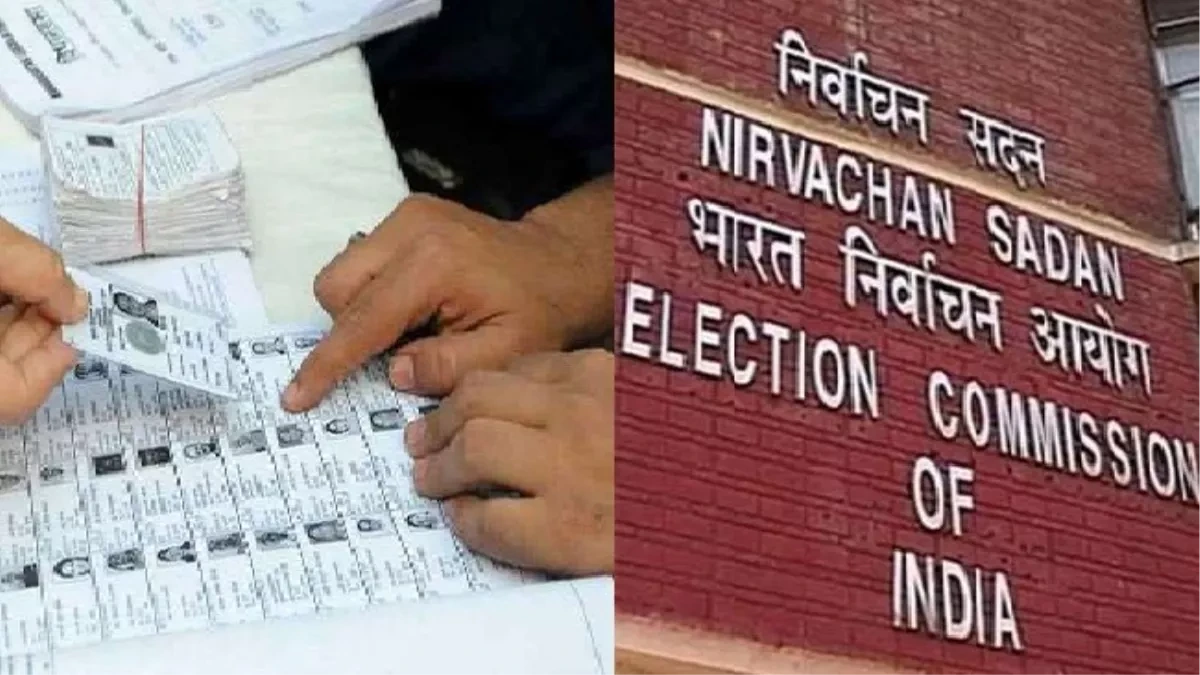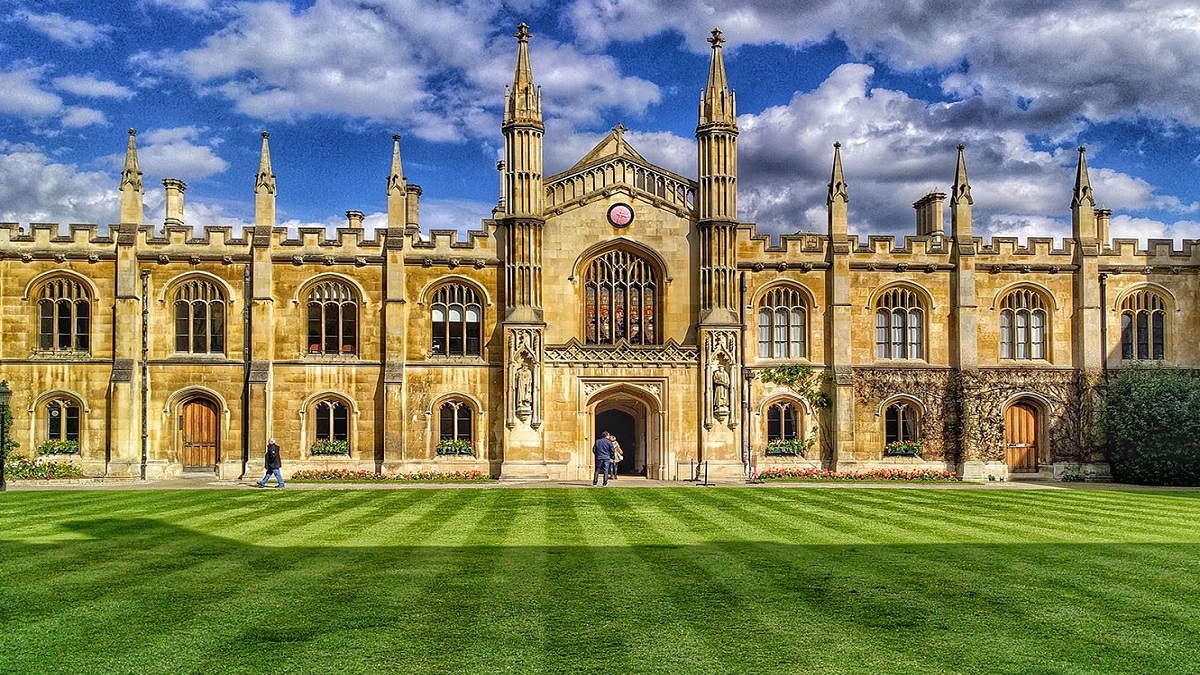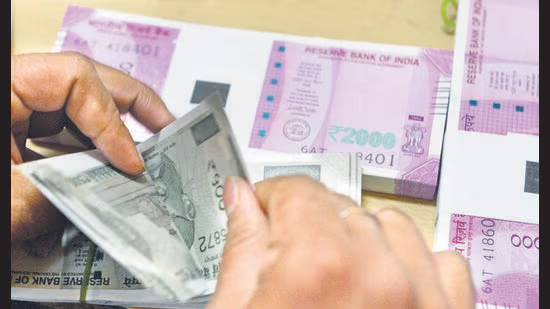- Courses
- GS Full Course 1 Year
- GS Full Course 2 Year
- GS Full Course 3 Year
- GS Full Course Till Selection
- Answer Alpha: Mains 2025 Mentorship
- MEP (Mains Enrichment Programme) Data, Facts
- Essay Target – 150+ Marks
- Online Program
- GS Recorded Course
- Polity
- Geography
- Economy
- Ancient, Medieval and Art & Culture AMAC
- Modern India, Post Independence & World History
- Environment
- Governance
- Science & Technology
- International Relations and Internal Security
- Disaster Management
- Ethics
- NCERT Current Affairs
- Indian Society and Social Issue
- NCERT- Science and Technology
- NCERT - Geography
- NCERT - Ancient History
- NCERT- World History
- NCERT Modern History
- CSAT
- 5 LAYERED ARJUNA Mentorship
- Public Administration Optional
- ABOUT US
- OUR TOPPERS
- TEST SERIES
- FREE STUDY MATERIAL
- VIDEOS
- CONTACT US
5 New Classical Languages in India
5 New Classical Languages in India

On October 3, 2024, the Union Cabinet, under Prime Minister Narendra Modi, approved the conferment of Classical Language status to :
- Marathi
- Pali
- Prakrit
- Assamese
- Bengali.
This initiative acknowledges the languages as custodians of India's ancient cultural legacy, emphasizing their role in preserving the rich history, literature, and traditions of their respective communities.
- The decision aims to honor and protect the linguistic milestones of India's diverse cultural landscape, ensuring future generations can appreciate these languages’ historical roots.
Importance of Classical Language Status:
Why Declare a Language Classical?
The designation of a language as classical recognizes its historical significance and its role in safeguarding India’s rich cultural and intellectual heritage. Classical languages have been instrumental in:
- Preserving Knowledge Systems: They have helped transmit ancient philosophies and values across generations for thousands of years.
- Cultural Identity: This recognition emphasizes the contribution of these languages to India’s cultural fabric, reinforcing the importance of linguistic diversity.
Criteria for Declaring a Language Classical
In 2004, the Government of India established criteria for the first time to classify languages as classical, which include:
- High Antiquity: The language must have early texts or a recorded history of over 1,000 years.
- Valuable Literature: It should possess a body of ancient literature considered heritage by generations of speakers.
- Original Literary Tradition: The literary tradition must be original and not borrowed from another community.
Revisions to the Criteria
The criteria were revised in 2005 and recognized Sanskrit as a classical language. Again revised in 2024 based on recommendations from the Linguistic Experts Committees (LEC) under the Sahitya Akademi:
- 2005 Revision:
- Required a history of 1,500 to 2,000 years.
- Included ancient literature, original traditions, and possible discontinuity with modern forms.
- 2024 Revision:
- Maintained the antiquity requirement of 1,500 to 2,000 years.
- Emphasized a body of ancient literature and knowledge texts, including prose.
- Allowed for potential distinctions between classical and modern forms.
Recommended Languages:
The 2024 LEC also identified Marathi, Pali, Prakrit, Assamese, and Bengali as fulfilling the revised criteria for classical language status.
Languages Declared Classical So Far: Previously, six languages were granted classical status:
|
Language |
Date of Recognition |
Notification by |
Notification Date |
|
Tamil |
October 12, 2004 |
Ministry of Home Affairs |
October 12, 2004 |
|
Sanskrit |
November 25, 2005 |
Ministry of Home Affairs |
November 25, 2005 |
|
Telugu |
October 31, 2008 |
Ministry of Culture |
October 31, 2008 |
|
Kannada |
October 31, 2008 |
Ministry of Culture |
October 31, 2008 |
|
Malayalam |
August 8, 2013 |
Ministry of Culture |
August 8, 2013 |
|
Odia |
March 1, 2014 |
Ministry of Culture |
March 1, 2014 |
With the recent addition, the total number of classical languages in India is now 11.
Steps Taken to Promote Classical Languages
The Ministry of Education has initiated various measures to promote classical languages, including:
- Establishment of Central Universities (2020): 3 universities were set up to advance the study of Sanskrit.
- Central Institute of Classical Tamil: This institution focuses on translating ancient Tamil texts and promoting research.
- Centres for Excellence: These were established for the study of Classical Kannada, Telugu, Malayalam, and Odia under the Central Institute of Indian Languages in Mysuru.
- National and International Awards: These have been introduced to recognize and encourage achievements in classical languages.
Additional Benefits
- National Awards for Classical Languages: To honor contributions to these languages.
- University Chairs and Dedicated Centers: Aimed at promoting studies and research in classical languages.
Impact of Declaring a Language Classical
The classification of languages as classical is expected to create several significant impacts:
- Employment Opportunities: There will be an increase in jobs in academia, research, translation, archiving, publishing, and digital media.
- Preservation and Documentation: Efforts to preserve, document, and digitize ancient texts will generate jobs and promote research.
- Encouragement of Scholarly Research: It will promote studies related to ancient texts and knowledge systems, vital to India's intellectual identity.
- Cultural Pride: This recognition fosters a sense of pride and ownership among speakers, promoting national integration and cultural self-reliance.
Conclusion
The decision to confer Classical Language status to Marathi, Pali, Prakrit, Assamese, and Bengali reflects the government’s recognition of their invaluable role in shaping India's cultural and intellectual heritage. This initiative not only highlights their historical and literary significance but also emphasizes the commitment to preserving and promoting India’s linguistic diversity. It is expected to foster academic and research opportunities, enhance global collaborations, and contribute to the nation’s cultural and economic growth, aligning with the vision of Atmanirbhar Bharat and a culturally rooted India.
Must Check: Best IAS Coaching In Delhi
UPSC Prelims Result 2024 Out: Expected Cut Off & Other Details, UPSC Prelims 2024 Answer with Explanation, Daily Prelims Quiz, Daily Current Affairs, MONTHLY CURRENT AFFAIRS TOTAL (CAT) MAGAZINE, Best IAS Coaching Institute in Karol Bagh, Best IAS Coaching Institute in Delhi, Daily Mains Question Answer Practice, ENSURE IAS UPSC Toppers, UPSC Toppers Marksheet, Previous Year Interview Questions, UPSC Syllabus




